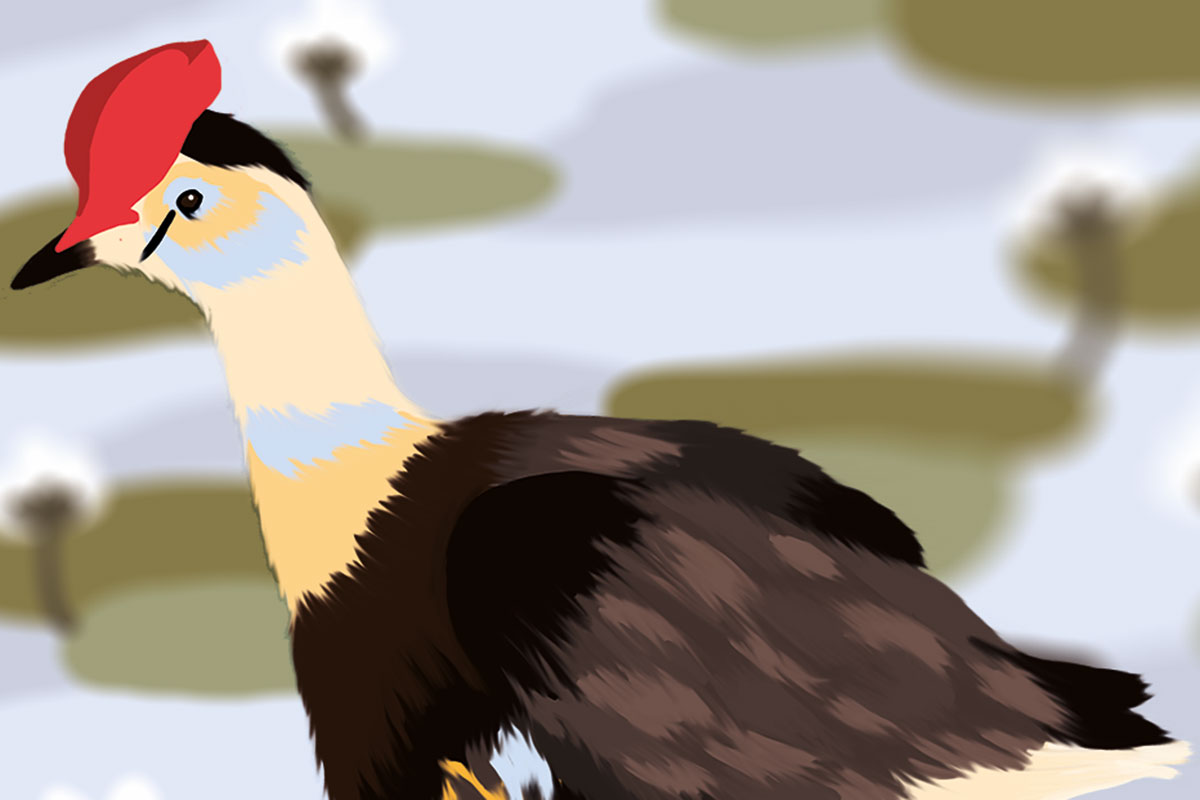Search
Understanding what separates us from the rest of the animal kingdom is an old obsession of ours. The most frequent attribute we rely on to justify our supposed superiority is intelligence. Yet, how are we to compare the intelligence of species as different as humans, octopi or dolphins?
But it is one thing to be aware of the annual astronomical cycle and another to discover the mechanisms of life. We don't know for sure what, but something happened about 40,000 years ago in what is now Europe.
The miasmas – a frightening name concealing a solid lack of knowledge – were supposed vapours carrying particles of «corrupted matter» that caused infectious diseases.
Baobabs have to face the loss of habitats due to agriculture, water scarcity, disease, and the disappearance of seed disseminators.
The first object in the Kuiper belt visited by New Horizons after leaving Pluto was provisionally named Ultima Thule and has recently been renamed Arrokoth.
The author shows his concern regarding space agencies' and private companies' recent interest on exploiting the Moon's resources.
Astrochemistry studies their abundance and composition and posits potential chemical pathways that might have led to the presence of such molecules in a particular environment
Biparental care is observed in less than 10 % of mammals and are often associated to monogamous relationships or immature offspring.
Pere Estupinyà offers advice for young scientists who do not know how to take the leap into science communication.
High vaccine coverage is encountering an unexpected obstacle. Recent evidence suggests that anti-vaccination attitudes and concerns are infecting some communities' health care workers.
Mercedes Maestre was a republican doctor who developed exceptional activism for social reform and the right to health.
What kind of sign is a rhinoceros footprint? It is an index, an iconic representation, and can become a symbolic image. A whole world condensed into a single footprint.
Maternal care comprises many different types of behaviours that, perhaps most prominently, include diverse ways to feed their young.
In late-Middle-Age Central European monasteries, nuns like Hildegard von Bingen rivaled monks in intellectual excellence.
What do scientists do when they explain their own or others’ research? Do they communicate do they popularise? Gemma Marfany prefers to say she disseminates knowledge...
To avoid potential psychotic episodes, the International Space Station astronauts talk weekly to their friends and family.
Greta Thunberg and our young people remind us that we cannot keep looking the other way. Otherwise, we will be denying our sons and daughters – and ourselves, of course – the right to life.
Science disseminator Pere Estupinyà lists four possible roles for science communicators: none, a collaborative role, an involved one, or that of a professional.
Probably of Paleolithic origin and present since the first civilisations, the sling is ancient and ubiquitous not only as a weapon, but also as the paradigm of circular movement.
Over the centuries, several authors have attempted to put together popularisation works about the big history of scientific knowledge. One of the is Vestiges, by Robert Chambers.
As in the good times of the old agrarian relations, the Regional Department of Agriculture of the Valencian government offers a deal to the land labourers interested in preserving diversity in the field: traditional horticultural seeds in exchange for information.
Technological advances, such as telescopes and microscopes, have enabled us to enlarge our world, up and down. Microbes are an example of the two scales, small and large.
We now have more information than ever about nutrition. But, at the same time, we have great difficulties to identify reliable information and, above all, to understand the limitations of science to answer so many of the questions that we make ourselves about how the food we eat and the food we avoid affects our health.
For a correct functioning of the brain, it is essential that the number of neurons is the appropriate one: neither more nor less.
























